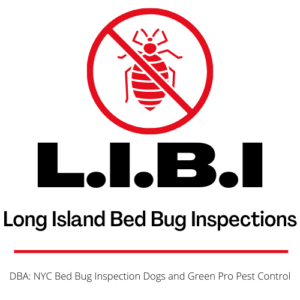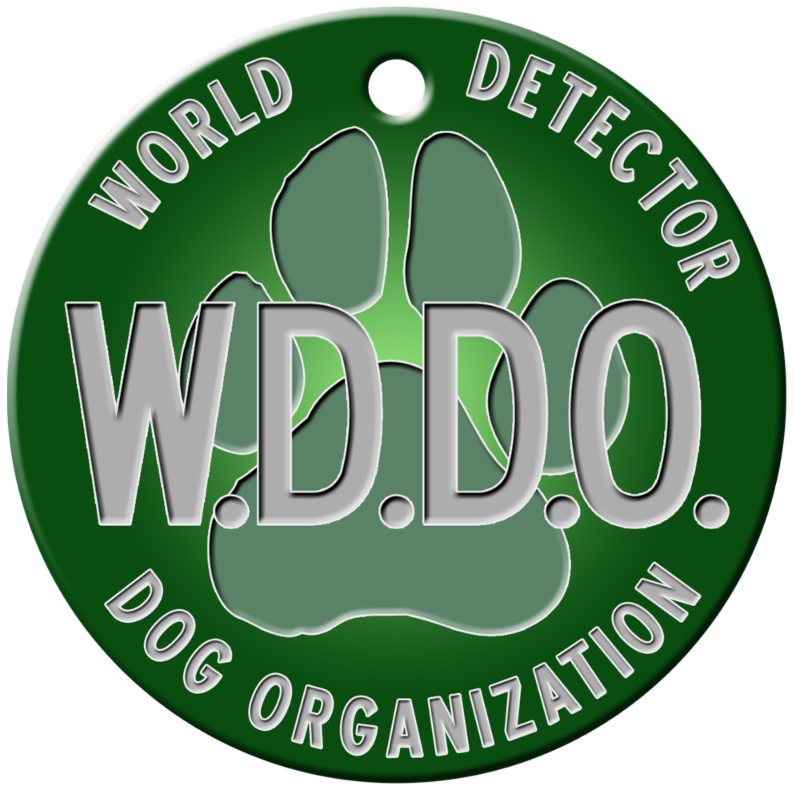When someone discovers they have a bed bug infestation in the home their first response is usually to call in a professional inspection and removal service. It’s the most effective action to take under the circumstances, and the only way to ensure successful elimination of these troublesome pests. However, in the aftermath of a bed bug treatment (and even in the run-up to a treatment), many homeowners struggle with how to handle their personal possessions. Do you throw out anything that may be a haven for bed bugs, or can you safely remove the pests and save your belongings? We’ve touched on this subject before, but it’s worth revisiting in order to address a few specifics. Most notably, children and their personal possessions.
When bed bugs infest a home they don’t restrict themselves to beds and bed linen. They hide in the walls and floorboards, they secrete themselves in carpeting and closets, and they take up residence behind bookshelves and in long=standing collections of knick-knacks. In short, bed bugs can get just everywhere. So what can you do when you find bed bugs in amongst your child’s toys and other belongings? Well, before you start packing up your children’s favorite things let’s look at some simple and effective ways to clean their toys and make them safe for future use.
Cleaning Soft Toys
Plush toys are a perfect hiding place for bed bugs. Teddy bears and stuffed animals are often left on or around the child’s bed, and so are at greater risk for contact with wandering bed bugs. More importantly, because these soft toys typically get so much love and affection from their owners they provide hungry bed bugs with ample opportunities to attack and feed on their young victims.
Fortunately, cleaning bed bug-infested soft toys and stuffed animals is fairly easy and can be successfully managed with little or no professional intervention. Stuffed animals, in most instances, can be machine-washed and tumble dried. If you wash your child’s plush toys in a hot wash (130 to 140 degrees F) you should be able to effectively kill 90% or more of the bed bugs hiding on the toy. Following the wash with a 30-minute tumble dry, set at medium to high heat, will kill and stragglers as well as any bed bug eggs that may have found their way on to the toy itself.
Once the toys have been washed and dried, put them in a clean resealable plastic bag or box container until your home has been given the all-clear by your exterminator service. Once your house or apartment has been successfully treated for bed bugs, and the colonies have been eliminated, return the toys to your happy children.
Cleaning Plastic or Wooden Toys
Plastic and wooden toys present a bit more of a challenge to clean, but it is not an impossible task. Solid plastic and wooden toys can be easily washed with some warm soapy water and washcloth. Be sure to wipe down all of the surfaces of the toy, giving extra attention to any cracks or crevices in which bed bugs might be hiding. As you go about cleaning the toys make sure to rinse and charge your washcloth frequently.
Overly complicated toys with lots of moving parts or an abundance of recessed areas present more of a challenge. Certainly, wiping down any and all exposed areas is a smart first step. But bed bugs may be hiding in the recessed areas that your cleaning cloth can’t reach, and that needs to be addressed. Intense cold is your ally here and can be used to eliminate the bed bugs so the toy will be safe for future play. Difficult to clean wooden and plastic toys should be placed in resealable plastic bags or boxes and put into a freezer that is kept at 0°F (-18°C) or below. Keep the bagged/boxed toys in the freezer for a minimum of four days. The exposure to sub-zero temperatures should kill any remaining bed bugs and the toys can be washed and made ready for play.
Please take note that most toys with electronic parts (particularly toys will LED screens and speakers) will not survive a deep freeze.
Cleaning Your Child’s Books
Children’s picture books and chapter books present something of a challenge. Some picture books with laminated pages may be able to be cleaned with a damp cloth. However, most chapter books will need a different, but not altogether unfamiliar, approach.
For children’s’ books that exhibit any level of bed bug infestation, you will want to take the books and place them in resealable plastic bags. The sealed books should then be placed in a freezer that is known to maintain subzero temperatures. The target temp is the same as with plastic and wooden toys – 0°F (18°C) or below. The books should be left in the freezer for a minimum of four days.
After four or five days you can remove the books from the freezer and wipe them down with a dry cloth to remove any dead bed bugs and/or eggs. Be sure to thoroughly inspect the books to ensure that all bed bugs are dead and removed before returning the books to your children.
In Conclusion
Bed bug infestations can be frustrating, and often it’s the little things that cause the most frustration. For younger children, losing access to their favorite toys and books can seem like a major trauma, especially on top of the bed bug infestation itself. As parents, it’s important to find ways to make the situation easier for children to deal with. The first step to that end is making sure their toys and books are clean and safe and free of bed bugs.
Published by Scott Palatnik
If you believe you’ve brought bed bugs into your home or office, give us a call, we can help!
Now with 2 locations. On Long Island @ 516-619-6149, or in NYC @ 212-299-9186
We are Long Island Bedbug Inspections.
Your Bedbug Inspection, and Elimination solution.


